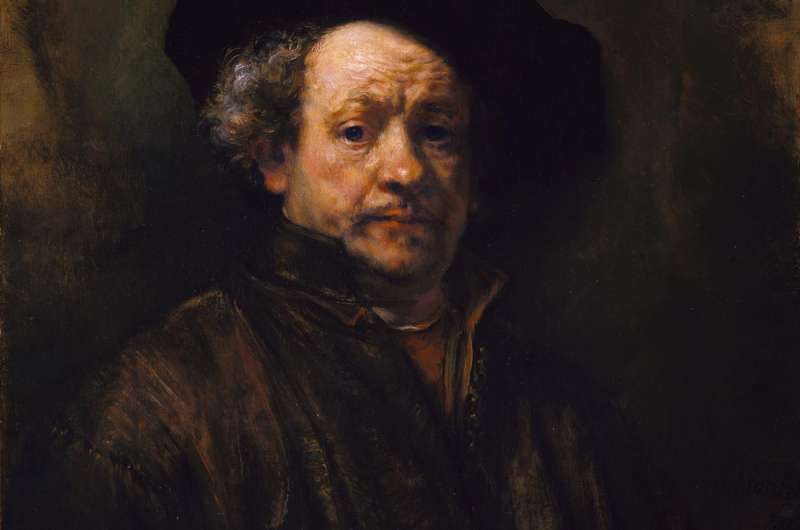Neuroscience study supports 200-year old art theory

A pilot study from a group of Dutch scientists implies that being told that an image is an artwork automatically changes our response, both on a neural and behavioural level. This may mean that our brains automatically up- or down-regulate emotional response according to the whether a work should be understood at face value, or whether it should be interpreted as art. This tends to lend support to an over 200-year-old theory of art, first put forward by the philosopher Immanuel Kant in his "Critique of Judgement."
Most people understand that we will show a different conscious emotional response to a work of fiction or art, than we will to an equivalent real-life image. Now, a team from Erasmus University in Rotterdam has tested how the unconscious brain responds to art and other types of images.
In two related experiments, twenty-four student volunteers were asked to evaluate a series of picture while brain activity was measured via an EEG. Half of the pictures were pleasant and the other half unpleasant. They were either told that the pictures were works of art or photographs of real events. At the end of the trial they were asked to rate each image according to likeability and, attractiveness.
The researchers concentrated on a brain signal called the LPP (Late Positive Potential), which is a measurement of the level of electromagnetic activity of the cortex between 0.6 and 0.9 seconds after the appearance of a stimulus. They were able to show that the amplitude of this stimulus was much greater when participants had been told that the picture was real, as against when they were told it was a work of art. When questioned, works of art were also rated as being more likable than were real pictures.
"This work suggests that when we expect to be dealing with an artwork, our brain responds differently than when we expect to be dealing with reality" said lead researcher Noah van Dongen (Erasmus University, Rotterdam). "When we think we are not dealing with reality, our emotional response appears to be subdued on a neural level. This may be because of a tendency to 'distance' ourselves from the image, to be able to appreciate or scrutinize its shapes, colours, and composition instead of just its content. We know that our brains may have evolved with 'hard-wired' mechanisms that allow us to adjust our response to objects depending on the situation. What this work indicates, is that Kant's two-century-old theory of aesthetics, where he proposed that we need to emotionally distance ourselves from the artwork in order to be able to properly appreciate it, might have a neurological basis and that art could useful in our quest to understand our brain, emotions, and maybe our cognition."
In a second experiment, the research group added a third condition. Again, twenty-four student volunteers judged pleasant and unpleasant pictures, only this time they were presented as pictures of real events, works of art, and scenes from movies or documentaries. The neurological effect on emotional response vanished with the added third condition.
Noah van Dongen said "The results of this modified experiment indicate that the effect of context is more complex than it might seem. It might be that too much or too ambiguous information reduces the neurological effect. We are just beginning to understand our automatic emotion regulation and more research is necessary to bring its nuances to light."
















